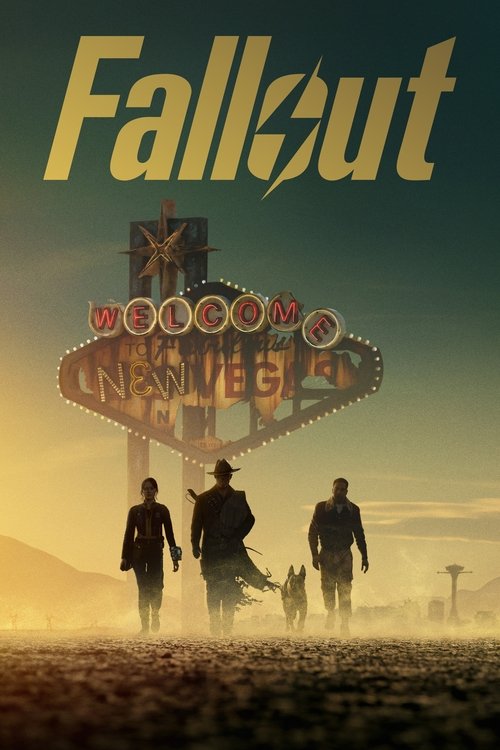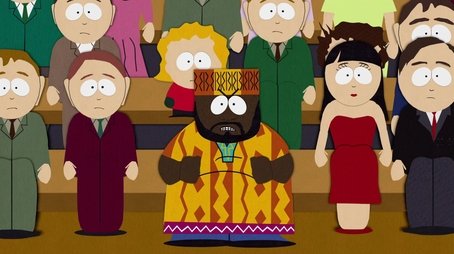
Sorry, we have not watched this yet.

Chef is declaring that South Park's flag is racist. Stan & Kyle head up the team championing the current flag, while Wendy and Cartman head up the side for a new flag. Wendy ends up confessing to Bebe of her attraction to Cartman. The debate starts, but before Wendy can make her point, she kisses Cartman to regain her composure. Chef realizes that Stan & Kyle's point of view on the flag issue was colorblind.
Sorry, we have not watched this yet.